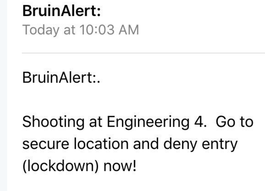
- their mass notification system worked as intended
- faculty and students were able to shelter-in-place effectively
Mass notification is a term used to describe a system or platform that can deliver a message to a group of people (e.g., all faculty and students, all employees). Mass notification systems are typically employed to deliver a one-way message (i.e., recipients cannot respond to the message) via text message or email or both. Mass notification may be used to initiate lockdown, alert people to a danger like an active shooter, or alert people to hazardous weather conditions.
The early indications from UCLA point to a mass notification system that alerted faculty and students to shelter in place and stay away from campus if they were not yet on campus. This is why mass notification is such an important facet of an Emergency Action Plan - people need to know to stay where they are and barricade themselves; people need to know to stay away from the campus/building/location if they aren't there yet; people need to know what is happening to reduce panic and confusion. Most individuals in our society (barring elementary school students) have smart phones on or near their person at most times - a mass notification system that sends text message alerts is a smart and effective way to alert a large number of people to possible dangers.
News reports also point to the fact that faculty and students were aware of how to shelter-in-place. In the context of a lockdown scenario, shelter-in-place means taking refuge in a small, interior room with few or no windows. Once inside the room, you should lock the doors, close and lock all windows, close shades and blinds, barricade the door, and move to a place in the room where you cannot be seen. Barricading the door and moving to a place you cannot be seen is particularly important in the case of an active shooter. In the case of schools, this usually means staying in the classroom you're already in and locking doors, barricading the door, and hiding; this seems to be how students and faculty at UCLA conducted themselves (those that were already in classrooms), even getting creative with outward opening doors.
Drilling a lockdown scenario is important; we can't emphasize this enough. The more you practice these types of situations with your people - whether they're students, staff, or employees - the better equipped your people will be when a situation arises. Panic mode has a tendency to set in during an emergency; people may forget to lock the doors or close window blinds, so the more these things are practiced, the better people's response will be in a live event.


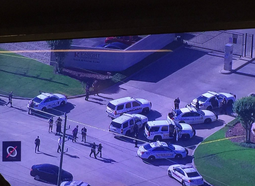
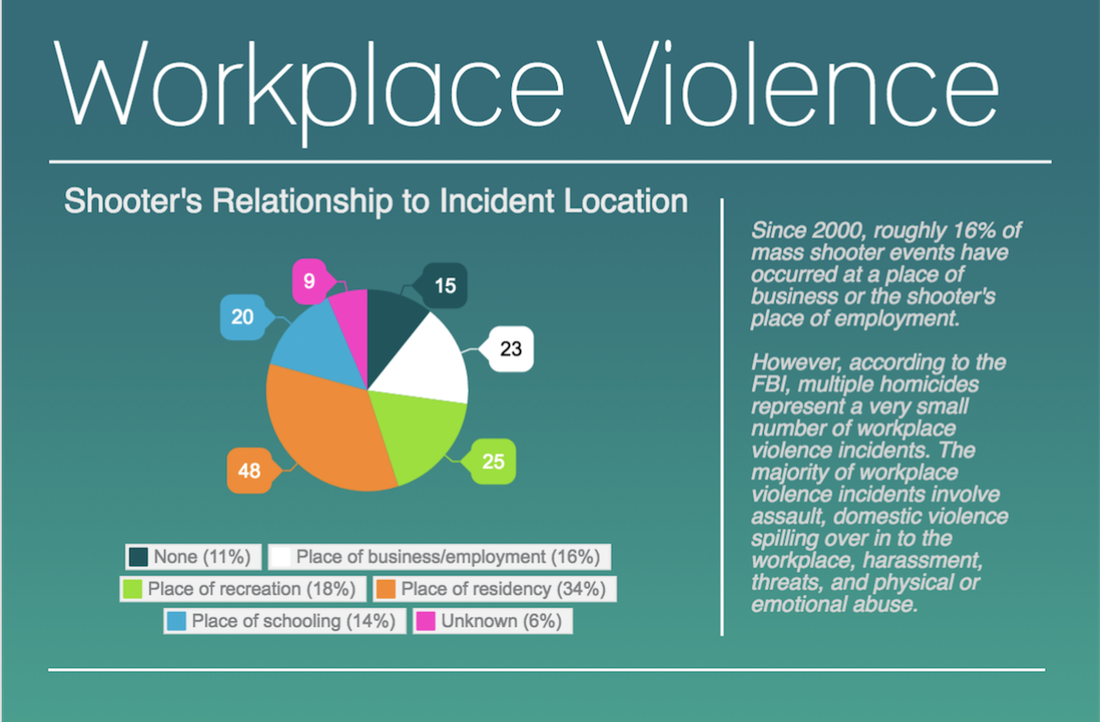
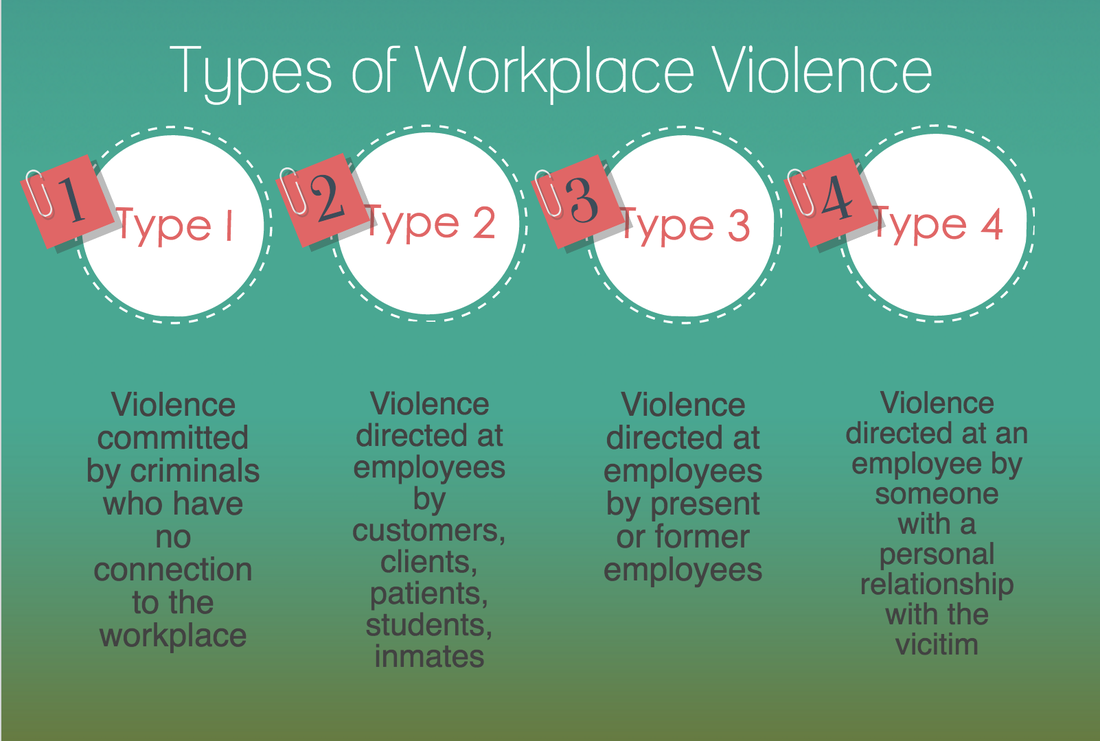
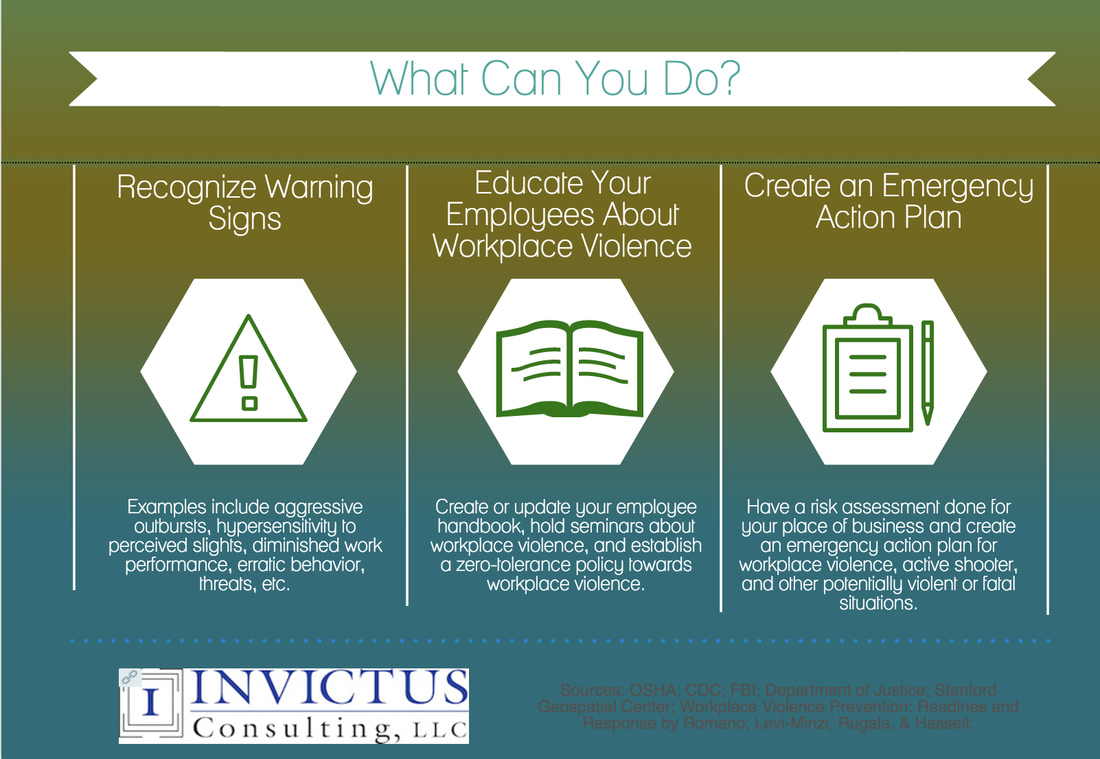
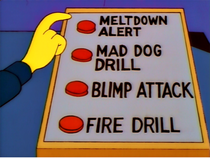

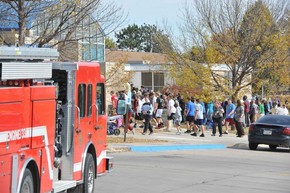
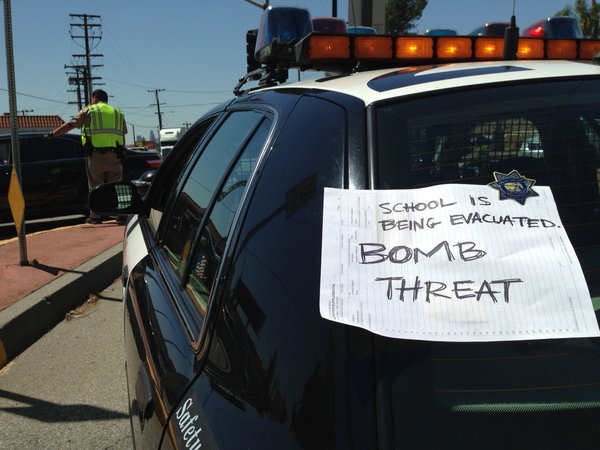



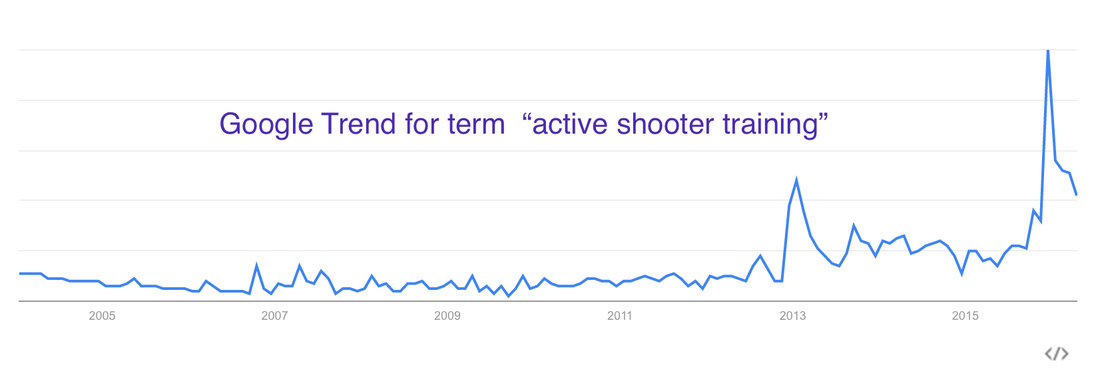
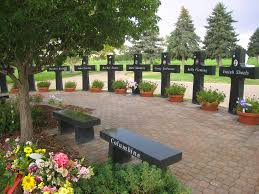
 RSS Feed
RSS Feed
